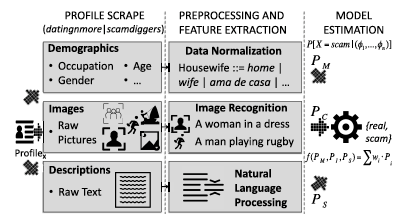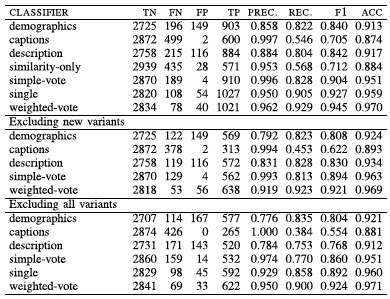The rise of online dating has unfortunately led to a simultaneous rise in instances of fraud. To combat the issue, a group of researchers has developed a system that prevents online romance scams by automatically detecting fraudulent profiles on dating platforms.
Fraudsters use fake dating profiles to interact with other users, which can cause both psychological and financial harm. In fact, the FBI recently reported a total loss of $85 million through online dating scams in the United States alone. While fraud is now prevalent in the online dating world, few studies with data-driven responses have been conducted to address this problem until now.
“Since cyber criminals can easily set up false profiles on dating websites and contact potential victims, addressing this problem requires an automated approach that can systematically identify the fake profiles,” said Guillermo Suarez-Tangil of King’s College London. “Dealing with online dating fraud is challenging because such scams are not usually run in large-scale campaigns. As a result, they cannot be identified by the similarity-detection methods used for spam filtering.”
The research team used machine learning, advanced text categorization, and image analysis techniques to extract useful information from a large dataset of user profiles, automatically identifying scammer accounts. Specifically, the system extracts publicly available profile data and profile demographics, and then uses image analysis to categorize users as either “real” or “scammer.” A high-level overview of the system can be seen below in Figure 1.

Figure 1: Overview of Feature Extraction System for Online Dating Profiles
To test its validity, the team input a dataset of “real” and “scammer” profiles into the system. They understood that most user profile fields would be incomplete for one reason or another, so three independent classifiers were established to determine the probability of a “scammer” – demographics, images and descriptions. They divided the dataset and used 60% as a training set, 20% as a test set, and 20% as a validation set. A summary of the test results can be seen below in Figure 2.

Figure 2: Summary of Test Results by Classifier
The results show this scam-detection system accurately classified over 97% of profiles as either real or fake, a key first step in developing an automated fraud detection tool for online dating. They do acknowledge the risk that some legitimate users could be flagged by the system, as well as the risk that more sophisticated scammers may evade it. Therefore, they are continuing to refine the system, move it past its current limitations, and explore how they can make it even more effective.
“We’re going to work on adapting and adopting our system to other types of online scams as well,” said Suarez-Tangil. “We’ll also continue working on a framework to tackle the legal and ethical limitations that dating sites could confront when sharing this data.”
For more information on data security, visit the IEEE Xplore Digital Library.





